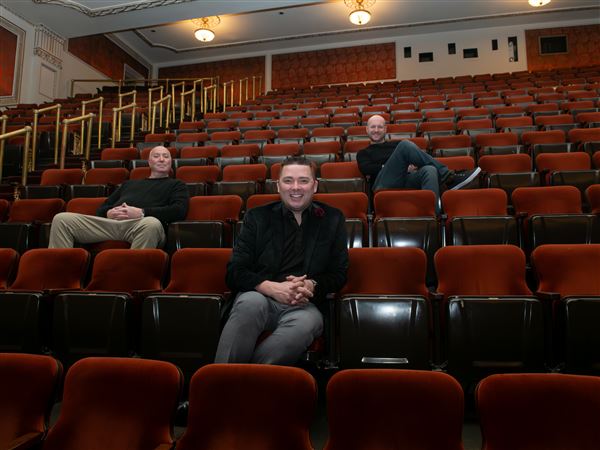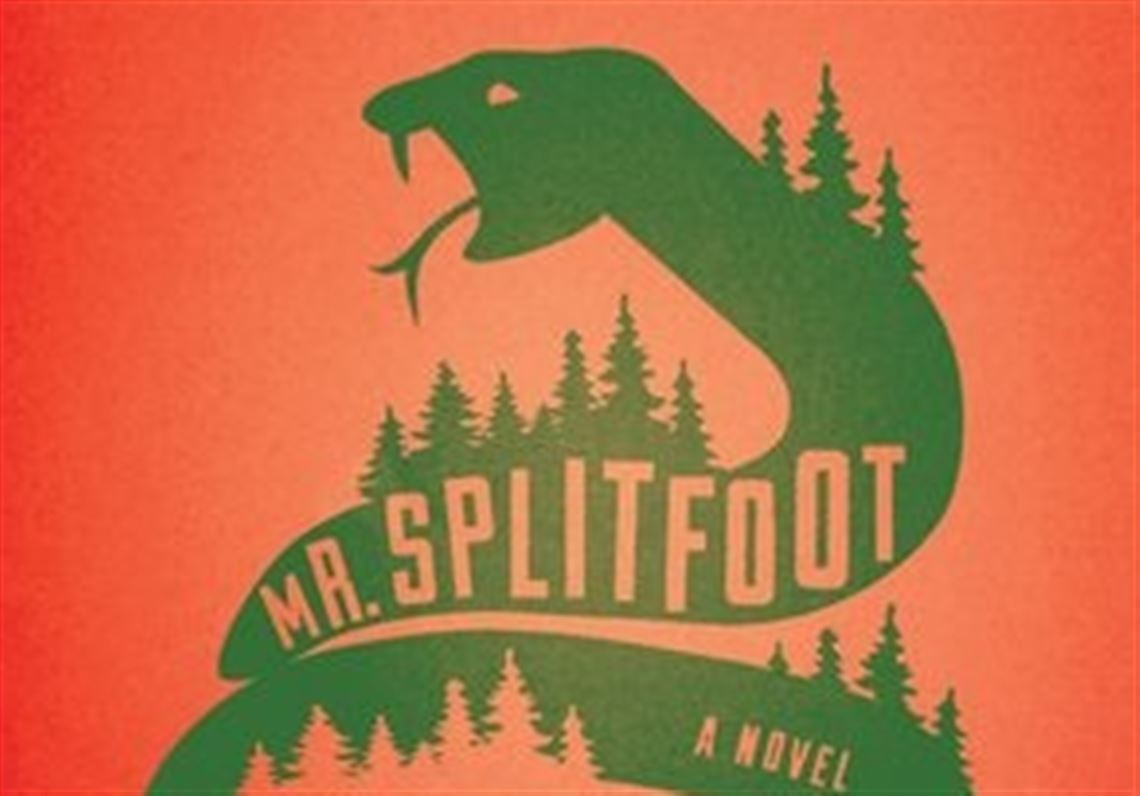“All stories are ghost stories,” Samantha Hunt proclaims in “Mr. Splitfoot” (Houghton Mifflin Harcourt, $24), her quirky third novel about the crossover between motherhood and mysticism. In a dual storyline that takes in fundamentalist cults, unlikely mediums and a pregnant woman’s pilgrimage, Ms. Hunt asks whether one can ever believe in the unseen.
Best friends Nat and Ruth were raised in upstate New York’s The Love of Christ! Foster Home, Farm and Mission, “a brick bear spotted with mange.” Led by Father Arthur — “Part hippie, part psychopath” — the home espouses old-fashioned values, clothing and activities. Children make yogurt and brush their teeth with baking soda; girls are forbidden from wearing slacks. “The Father,” as Arthur is known, spews anti-government invective and denigrates all religions apart from his own Christian fundamentalism.
Ruth and her sister Eleanor were sent to the home after their mother threw bleach on baby Ruth, leaving her with a serpentine facial scar. El fled the home at age 18, when Ruth was only 5. Now 17, Ruth and Nat are pondering their future. The only way for Ruth to escape cruel and unusual punishments — after her appendix burst The Father wouldn’t let her go to a hospital until 36 hours of ineffectual prayer had passed — is to marry young.
An intriguing layer of paranormal mystery enters the book as Nat cultivates his gift for speaking with the dead. His intermediary is a shadowy contradictory figure called “Mr. Splitfoot” — “a two that is sometimes a one, mothers and their children, Nat and Ruth, life and death.” Mr. Bell, a con man who also grew up in a cult (the Mormon-like Etherists), offers to manage Nat’s career as a medium, gathering together bereaved family members for séances. Ruth will be Nat’s partner; we know she’s only putting on a show, stringing together vague nicknames and clues that might apply to anyone, but it’s unclear whether Nat is for real.
Sections alternate rather uneasily between third-person narration following Nat and Ruth’s efforts to escape the home, and a present-day first-person account from Ruth’s niece, Cora, stuck in a boring insurance claims job and dismayed to learn that she is pregnant by her older married lover. In contrast to her otherworldly aunt, who at only six years older might as well be decades removed given her backward upbringing, Cora represents the social-media-addicted, selfie generation. Ruth, now mute, re-enters Cora’s life and beckons her to drive them to Nat, but the car quickly breaks down, and theirs becomes an epic pilgrimage on foot.
Love of Christ! and the Etherists blend 19th-century values with 1970s culture in ways reminiscent of Lauren Groff’s “Arcadia.” Passages from the “Book of Ether,” part end-times prophecy and part pop-music poetry, are interspersed with the narrative. For as supernatural as all the characters purport to be, there is a sensuous, earthy quality to Ms. Hunt’s writing: Characters are described by their smell, and metaphors are refreshingly blunt, as in “lovely as the sun through a bottle of old pee.”
“Mr. Splitfoot” has the offbeat charm of Scarlett Thomas’ work, while the theme of communing with the dead inevitably brings Hilary Mantel’s “Beyond Black” and Sarah Waters’ “Affinity” — two slightly more successful novels — to mind.
There’s a late revelation that undermines the reader’s understanding of Cora’s journey; fortunately, it doesn’t come across as mere trickery. While the plot of “Mr. Splitfoot” ultimately feels like a bit of a jumble, its vision of unexpected love and loyalty remains compelling. “The End’s always coming,” Cora realizes, but it is how one lives in the face of brutality and impending extinction that matters.
Rebecca Foster, an American transplant to England, is an editor and writer. She reviews books for a number of print and online publications in the U.S. and U.K.
First Published: January 31, 2016, 5:00 a.m.
















